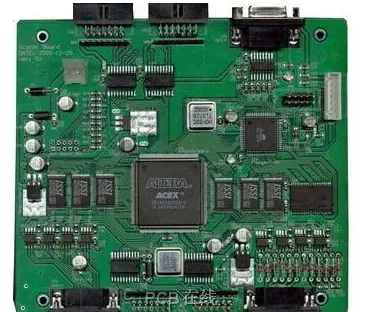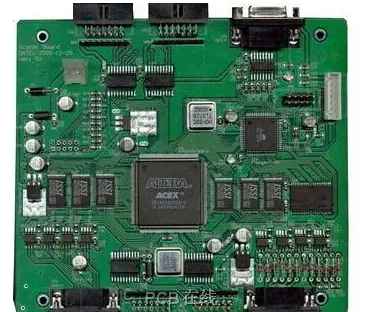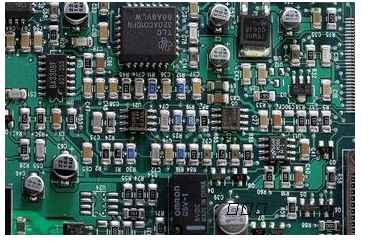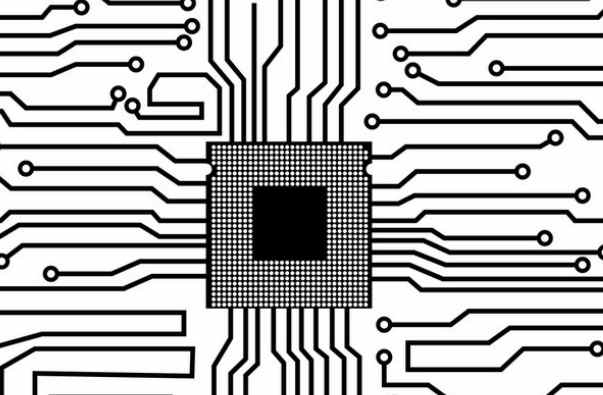
What is the difference between PCBA processing with lead and lead-free process?
We usually encounter a problem, that is, the difference between lead and lead-free processes in PCBA processing. To better understand these two processes, we need to explore their advantages and disadvantages from different perspectives.
First, let's take a look at the definition and process of PCBA processing. PCBA processing refers to the processing process of assembling electronic components on the surface of the printed circuit board (PCB), which mainly includes the following steps: writing the layout and schematic diagram of the circuit board, converting the layout into a PCB engraving board through PCB design software, and then pasting the electronic components on the PCB, welding, and finally forming the finished product. https://www.kingfordpcb.com/yuan.php?time=1686665727
https://www.kingfordpcb.com/yuan.php?time=1686665727
The difference between leaded and lead-free processes is that the welding method is different. The lead process uses lead-tin alloy, the welding temperature is low, and the operation is relatively simple. Lead-free process is the use of lead-free solder in the welding process, the welding temperature is high, and the operation is relatively more complex.
First let's explore the advantages and disadvantages of the lead process. Since the melting point of lead is lower than that of other metals, the temperature required for welding with lead-tin alloys is also relatively low, which makes the temperature control of the process with lead relatively simple. Compared with the lead-free process, the production efficiency of the leaded process is higher, because in the leaded process, the welding process does not require very high temperatures, and the welding speed is faster. In addition, the lead process is also easier to detect the welding quality, because the lead solder is not prone to damage to the solder joint, and the welding quality can be judged by the appearance.
However, there are some drawbacks to the lead process. First of all, lead is a toxic metal that poses a greater threat to health, so electronic products used in lead processes can cause harm to the human body during handling and use. Secondly, because the welding temperature is relatively low, the solder joints of the lead process are relatively fragile and susceptible to temperature changes and vibration, resulting in the loss and damage of the solder joints. In addition, because the materials used contain lead, there is a tendency to be eliminated.
Next, let's explore the advantages and disadvantages of lead-free processes. Prime Minister, the lead-free process uses lead-free components and solder, so it is not harmful to human health. Secondly, because the welding temperature is higher, the solder joint is more reliable and can better withstand temperature changes and vibration. Compared with the lead process, the life of lead-free electronic products is longer, generally reaching 10-15 years, while the life of leaded electronic products is generally 5-10 years. Due to the higher reliability and long life of modern electronic products, lead-free processes have better prospects for development.
However, compared with the shortcomings of the lead process, the lead-free process also has some drawbacks. First, the cost of the lead-free process is relatively high because the price of lead-free solder is generally higher. Secondly, because the welding temperature is relatively high, if the operation is improper, it is easy to damage the electronic components, resulting in waste generation and waste of resources.
In short, although the lead process and the lead-free process have their own advantages and disadvantages, with the increasingly high service life requirements of electronic products, the advantages of the lead-free process have gradually emerged and have been widely used. Of course, if you need to choose which electronic product assembly technology, please consider according to product requirements and costs.









